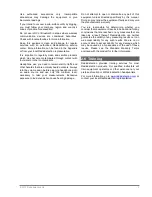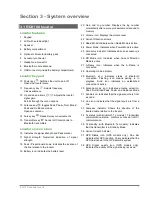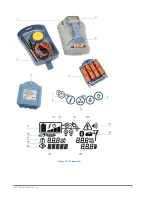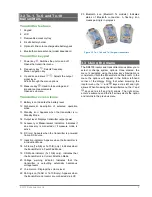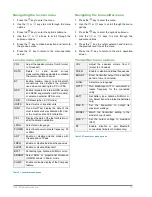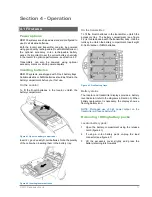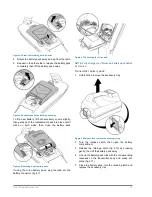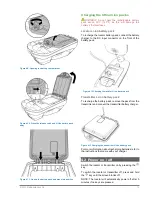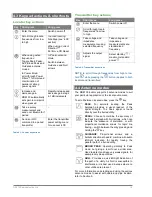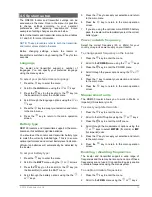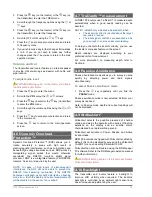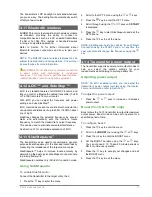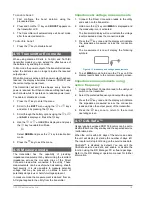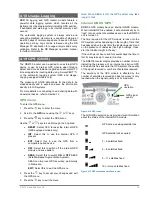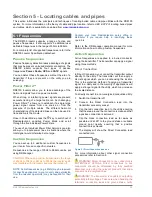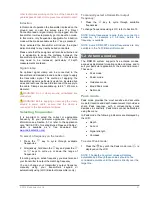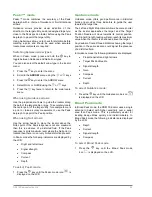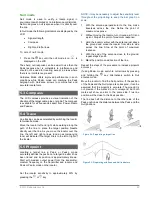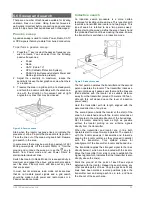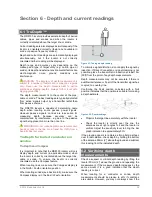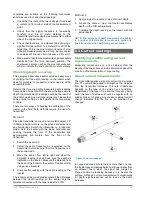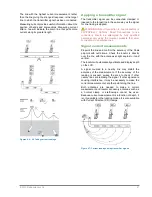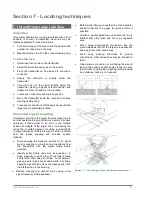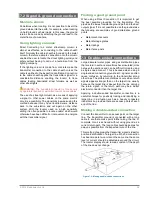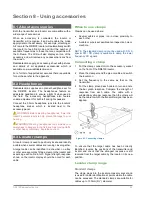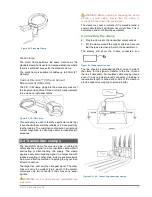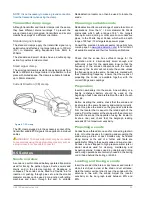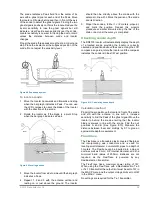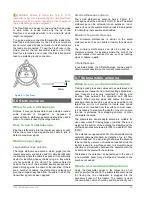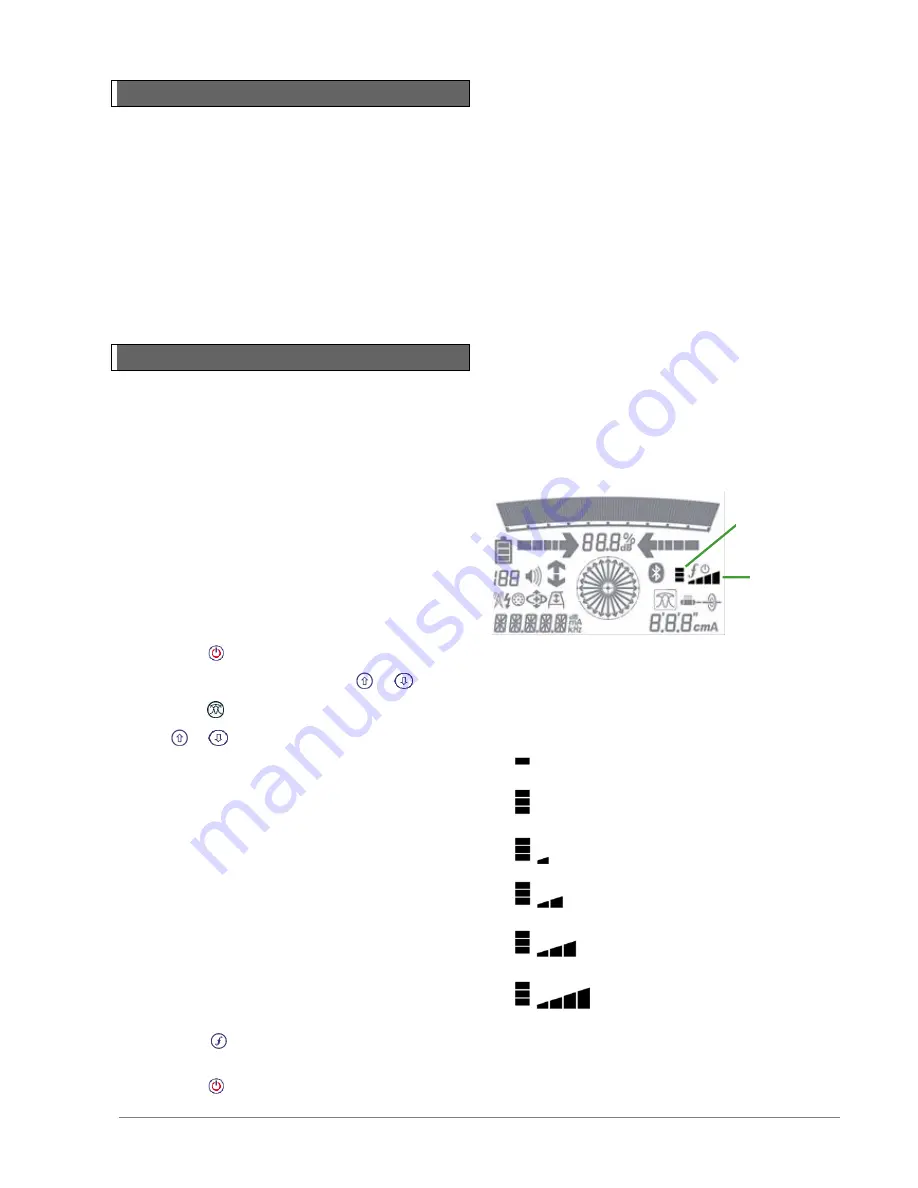
© 2015 Radiodetection Ltd
19
4.18 Usage-Logging
RD8100 logging and GPS locator models feature a
powerful data logging system which records all the
instrument’s critical parameters (including GPS position,
if available) and warnings in its internal memory each
second.
The automatic logging system is always active and
cannot be disabled. Its memory is capable of storing at
least 500 days of normal usage data
– based on 8 hours
operation per day. Logs can be retrieved using the RD
Manager PC application for usage analysis and survey
validation. Refer to the RD Manager operation manual
for further information.
4.19 GPS (GNSS)
The RD8100 locator can be paired to an external GPS
device or use its internal GPS module when fitted to
detect and store its latitude, longitude and accurate UTC
time alongside its locating data using SurveyCERT
™+
or the automatic logging system (GPS and Usage-
Logging equipped models only).
The presence of GNSS data allows for the data to be
mapped easily and to export and save the information
directly into GIS systems.
For more details on connecting to and sharing data with
an external device, refer to Section 12.
GPS menu
To enter the GPS menu:
1 Press the
key to enter the menu
2 Scroll to the
GPS
menu using the
or
keys
3 Press the
key to enter the GPS menu
Use the
or
keys to scroll through the 5 options:
RESET
: Select YES to reset the internal GPS
(GPS equipped models only)
INT
: Select this to use the internal GPS if
present
EXT
: Select this to use the GPS from a
compatible paired device
OFF
: Select this to switch off the internal GPS
module and save battery
SBAS:
Select this to switch
ON
or
OFF
SBAS
(Satellite-Based Augmentation System).
SBAS can improve GPS accuracy, particularly
in N.America
EXIT:
Select this to exit the GPS menu
4 Press the
key to accept your changes and exit
the GPS menu
5 Press the
key to exit the menu
Note: When SBAS is ON the GPS system may take
longer to lock
Internal
GNSS ‘GPS’
RD8100 GPS models have an internal GNSS module.
When internal GPS is enabled, it will automatically try to
“lock” onto a number of satellites as soon as the RD8100
unit is turned on.
The time required for the GPS module to lock onto the
GPS system varies depending on the length of time that
has passed since the last time the locator was used, and
on the presence of obstacles (like high buildings, trees,
etc.) that obstruct sight to the sky.
If the unit has not been used for several days the time to
first fix may take up to several minutes.
The RD8100 locator display provides a number of icons
indicating the presence of an internal and active GPS
and when this has locked to the GPS system, the quality
of the signal received or numbers of satellites received.
The accuracy of the GPS module is affected by the
number of satellites received and best accuracy is only
reached when the signal quality is at its maximum.
Figure 4.14 GPS Icons
The LCD GPS operation icons provide visual information
about the status of the internal GPS module:
Figure 4.15 GPS status and satellites in view
GPS signal
quality
GPS
operation
GPS active, seeking satellite lock
GPS satellite lock acquired
3
– 5 satellites fixed
6
– 8 satellites fixed
9
– 11 satellites fixed
12 or more satellites fixed

